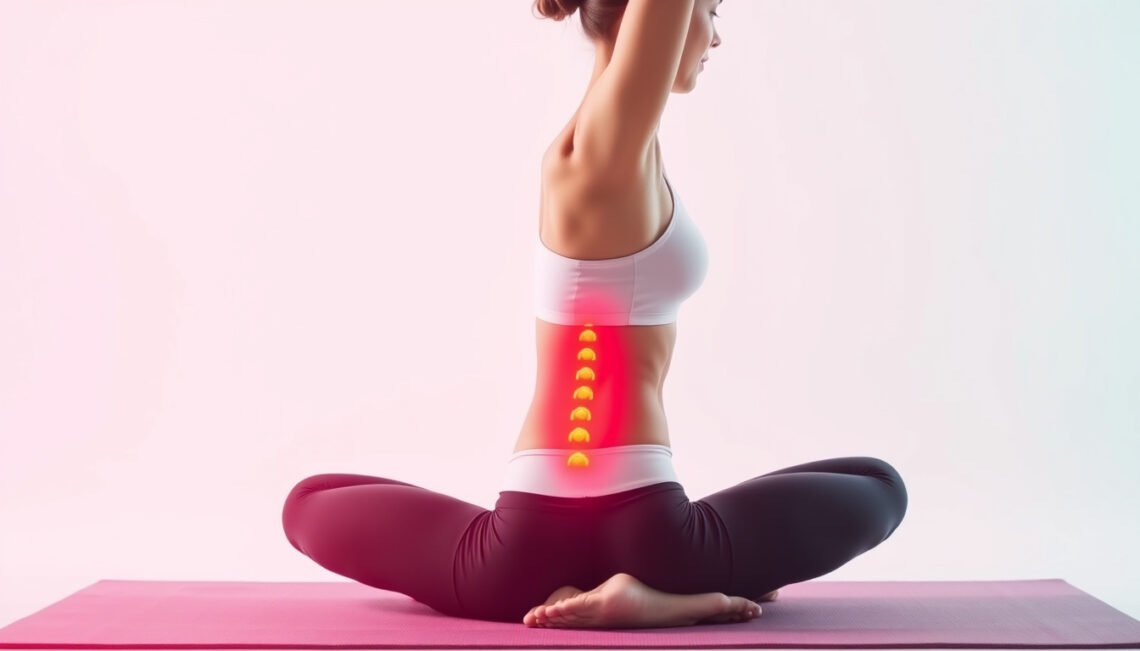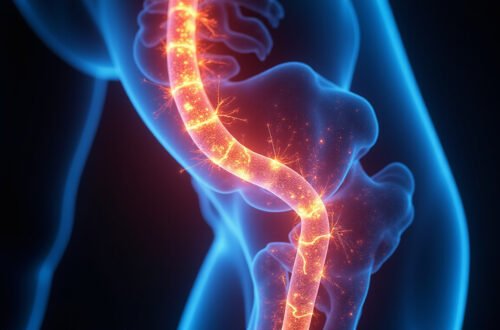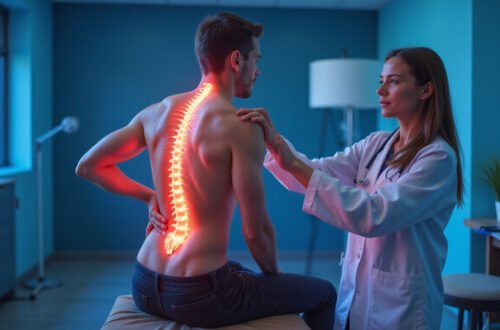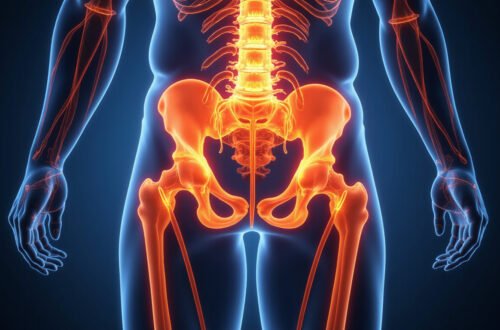Lower back pain is a common issue that affects millions worldwide, often leading to discomfort, limited mobility, and diminished quality of life. One effective approach to alleviating this pain is through lumbar relaxation techniques. These methods focus on reducing tension in the lumbar region— the lower part of the spine— helping to relieve pain and promote healing. In this article, we’ll explore various lumbar relaxation techniques, how they work, and practical tips to incorporate them into your daily routine for lasting relief.
Understanding Lumbar Relaxation and Its Importance
Lumbar relaxation revolves around strategies that reduce muscle tension, improve blood flow, and ease nerve compression in the lower back. Chronic or acute lower back pain often results from muscle tightness, poor posture, or stress, which can lead to spasms and inflammation. By engaging in lumbar relaxation techniques, you can:
- Relief pain and muscular tension
- Improve flexibility and mobility
- Prevent future injuries
- Enhance overall spinal health
Consistently practicing lumbar relaxation methods can be a game-changer for individuals suffering from lower back discomfort, especially when integrated into a comprehensive treatment plan.
Effective Lumbar Relaxation Techniques
Here are some proven lumbar relaxation techniques that can help you manage and ease lower back pain:
1. Gentle Stretching Exercises
Stretching helps loosen tight lumbar muscles and promotes better circulation. Some effective stretches include:
- Knee-to-Chest Stretch: Lying on your back, gently pull your knees toward your chest and hold for 20-30 seconds.
- Pelvic Tilts: Lie on your back with knees bent, flatten your lower back against the floor by tilting your pelvis, hold for 5 seconds, and repeat.
2. Deep Breathing and Diaphragmatic Relaxation
Deep breathing exercises activate the parasympathetic nervous system, which encourages relaxation. Techniques include:
- Sitting or lying in a comfortable position
- Inhaling slowly through your nose for four seconds
- Holding your breath for a count of four
- Exhaling slowly through your mouth for six seconds
- Repeating for 5-10 minutes
This method reduces muscle tension by calming the nervous system.
3. Foam Rolling and Myofascial Release
Using a foam roller on the lower back and hips can loosen fascial tissue and reduce muscle tightness. Carefully roll over the lumbar area and surrounding muscles, avoiding direct pressure on the spine itself.
4. Progressive Muscle Relaxation (PMR)
PMR involves tensing and then relaxing muscle groups sequentially. For lumbar relaxation:
- Tense the lower back muscles for 5 seconds
- Release suddenly and focus on the feeling of relaxation
- Repeat several times to diminish muscle tension over time
5. Heat Therapy
Applying heat via heating pads or warm compresses can increase blood flow and relax stiff muscles. Use heat for 15-20 minutes before stretching or as needed.
6. Mindfulness and Meditation
Mindfulness meditation can help reduce stress and muscle tension, especially in chronic pain. Practice focused attention on your body, noticing sensations and letting go of tension.
Creating a Routine for Lumbar Relaxation
Integrating lumbar relaxation techniques into your daily schedule can lead to long-term pain relief and improved back health. Here’s a sample routine:
- Morning: Gentle stretching (5–10 minutes) + deep diaphragmatic breathing
- Midday: Short foam rolling session + mindfulness meditation
- Evening: Heat therapy followed by stretching or PMR
Remember to always consult with a healthcare professional before starting new exercises, especially if your pain is severe or persistent.
Additional Tips for Managing Lower Back Pain
- Maintain good posture throughout the day
- Avoid prolonged sitting; take breaks to stand and stretch
- Use ergonomic furniture or supports
- Stay active with moderate exercises like walking or swimming
- Keep a healthy weight to reduce stress on the lumbar region
Image Placeholder
Common Questions About Lumbar Relaxation
Q1: What is lumbar relaxation, and how does it help treat lower back pain?
A: Lumbar relaxation involves specific techniques aimed at reducing muscle tension in the lower back area. By relaxing tight muscles and improving circulation, it can alleviate pain, decrease spasms, and promote healing.
Q2: How often should I perform lumbar relaxation exercises?
A: For optimal results, perform gentle lumbar relaxation exercises daily or at least several times a week. Consistency is key in managing lower back pain effectively.
Q3: Are lumbar relaxation techniques suitable for all types of lower back pain?
A: While many lumbar relaxation methods are safe for most, individuals with severe or specific conditions should seek medical advice before beginning any new routines. Some techniques may be contraindicated in certain cases.
The Science Behind Lumbar Relaxation and Pain Relief
Research indicates that reducing muscle tension through relaxation techniques can significantly decrease lower back pain intensity. According to a study published in The Journal of Manual & Behavioral Therapy, combining physical therapy with relaxation strategies results in better pain management than physical therapy alone (source). Additionally, relaxing the lumbar muscles helps relieve pressure on nerves, improving mobility and decreasing inflammation.
Conclusion: Take Action Today for a Healthier Back
Lower back pain doesn’t have to dominate your life. Incorporating lumbar relaxation techniques into your daily routine can make a tangible difference in reducing pain, preventing future episodes, and enhancing your overall well-being. Remember, consistency and patience are essential—muscle relaxation and healing take time. Start today by dedicating a few minutes to gentle stretching, deep breathing, or heat therapy, and watch your back become stronger and more comfortable.
If your pain persists or worsens, consult with a healthcare professional for personalized guidance. Take control of your lumbar health now—your back will thank you!
Ready to experience pain relief and improved mobility? Begin practicing lumbar relaxation techniques today and embrace a life free from lower back discomfort!






